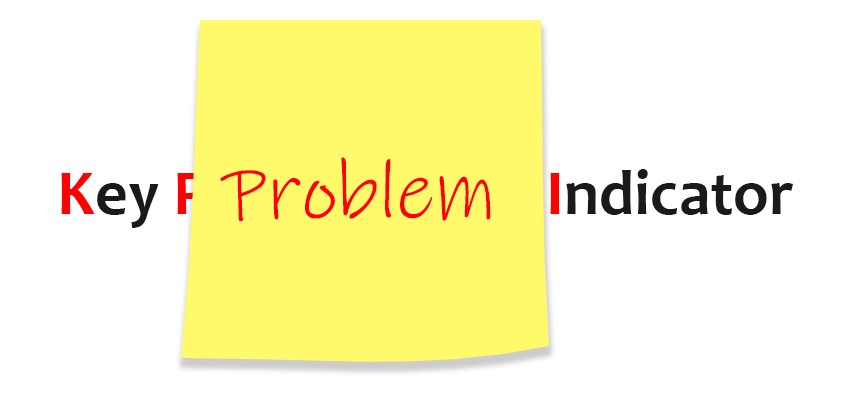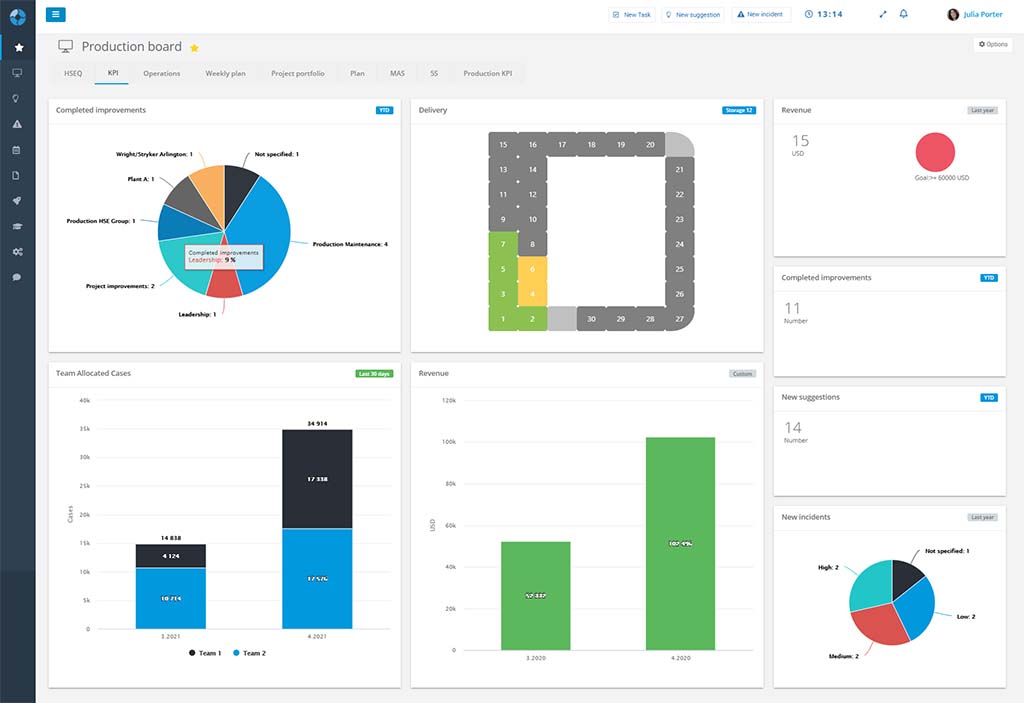- Product
Interactive boards. Fully customizable.
Capture, prioritize and follow up improvements.
Report and manage incidents. Visualize reports and statistics.
Operationalize your strategies and integrate your whole organization.
Access your tools in Microsoft Teams.
Customized templates. Problem solving, business development etc.
Manage project individually or in portfolios with visual and interactive tools.
Create and share best practices, one-point-lectures and standards.
Easy access to tasks, improvements and incidents.
Integrate DigiLEAN with your existing IT systems.
Meeting the demand of larger organizations.
High security level by default.
In less than 4 min
- Use Cases

Interactive tools for both shop floor and administration.
Visual project management.
Maintain standards. Manage incidents and discrepancies.
Manage tasks, integrate with problem-solving and continuous improvement.
Lean daily management tailored for healthcare.
Team task management, problem-solving and visualization.Case management, improvements, problem-solving, and strategy alignment.We have a LEAN solution for you too. Just ask!
We meet the demand of larger organizations.
- Pricing
- Shop Floor
- Product
Interactive boards. Fully customizable.
Capture, prioritize and follow up improvements.
Report and manage incidents. Visualize reports and statistics.
Operationalize your strategies and integrate your whole organization.
Access your tools in Microsoft Teams.
Customized templates. Problem solving, business development etc.
Manage project individually or in portfolios with visual and interactive tools.
Create and share best practices, one-point-lectures and standards.
Easy access to tasks, improvements and incidents.
Integrate DigiLEAN with your existing IT systems.
Meeting the demand of larger organizations.
High security level by default.
In less than 4 min
- Use Cases

Interactive tools for both shop floor and administration.
Visual project management.
Maintain standards. Manage incidents and discrepancies.
Manage tasks, integrate with problem-solving and continuous improvement.
Lean daily management tailored for healthcare.
Team task management, problem-solving and visualization.Case management, improvements, problem-solving, and strategy alignment.We have a LEAN solution for you too. Just ask!
We meet the demand of larger organizations.
- Pricing
- Shop Floor
Choose the right KPIs

Strategy alignment
Key performance indicators shall indicate your business performance. Therefore, it has to reflect your strategic objectives in order to be applicable.
Actions, improvements, priorities and decisions should be support your strategy as well. We normally take actions based on e.g. underperforming KPIs, but what are we really doing if the KPI is wrong?
Measuring too much
Another common mistake is to measure too much and end up with a KPI frenzy. KPIs become less relevant. You end up with information overload and lose the ability to make sound decisions.
Not adapting KPIs and targets
As time goes by, you learn. Learning may transform into new behavior, new actions, but we often refuse to update, replace or change our KPIs once they are established.
Learning is only one trigger. There may also be changes in your surroundings that affects your business model or processes.
It’s actually OK to update a target midterm, or remove a KPI that becomes irrelevant.
No actions
KPIs tell you something, but it doesn’t matter if you don’t follow up with applicable actions. And actions are most effective when they are visible, specific, measurable, set with a clear responsibility and deadline.
No target
No verification
How often have you verified that your KPI actually supports your goal achievement? There is no use turning the wheel if it’s not connected to the rudder.
Make sure your performance indicator actually measures what you need.
No influence
(Key?) Performance Indicators
Choose the right KPIs

Make it count!
I’m not going to list specific KPI suggestions as they are vastly different for each type of company. But consider your KPIs a critical asset. Choose carefully and be selective.
Well-defined goals, aligned with the strategy
Understand your strategy breakthrough objectives and how to measure them. Reflect on the measurements and ask yourself “If this performance indicator varies, does it affect my goal achievement in any situation?” If yes, it may be a key performance indicator.
Significance
From a statistical perspective, any measurement should be significant. If your KPI is underperforming, but really doesn’t reflect your activity level, it should not be a KPI.
Calculate and aggregate measurements
It’s easy to measure daily produced units and downtime. But how are you able to achieve these results? The answer may be a production efficiency factor; ((Shift period-unplanned downtime)/produced units). In this example we are still measuring downtime, but is it really a key performance indicator telling you if you’re on the right way to hit your targets or not?
Update your KPIs
Don’t be afraid to change your KPIs over time.
You may learn that some KPIs aren’t relevant. Remove them.
You may identify another useful KPI. Add it.
Also ensure to revise your KPIs with changes in your market outlook, changes in your supply chain, value chain or strategies.
Consider adding non-financial KPIs
To succeed, you need a healthy and effective workforce. Adding your employee satisfaction as KPIs can is significant and a relevant measurement to identify your path to success or risks in customer commitments. It isn’t a financial measurement, but one of multiple qualitative KPIs that should be considered.
© 2025 DigiLEAN AS
